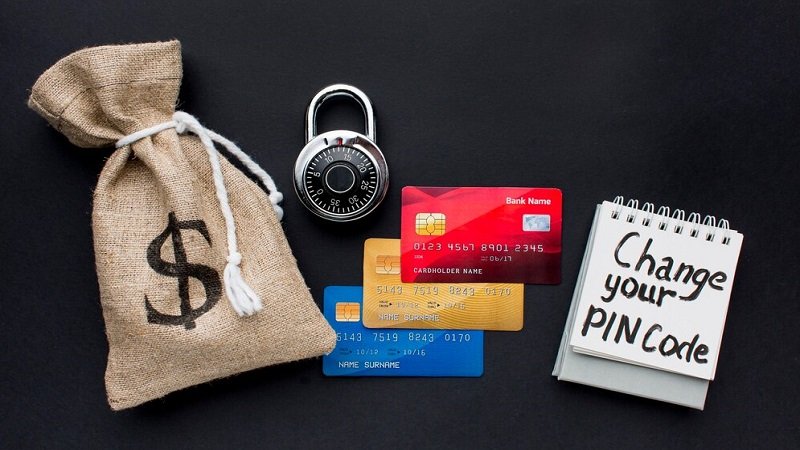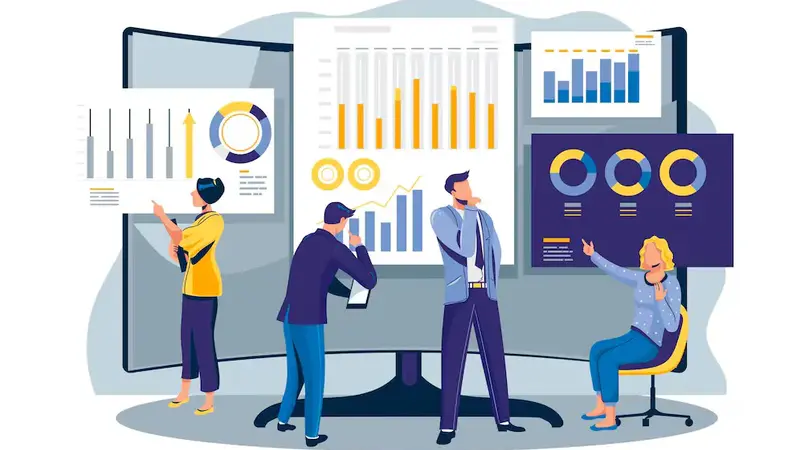Managing your finances efficiently often involves finding creative solutions for accessing cash when you need it most. One such method is cashing out your credit card. Whether it’s paying off unexpected bills or making a large purchase, credit card cashing can help meet your needs. However, understanding the methods and potential costs involved is essential to make an informed decision.
Cashing out your credit card can be a quick way to access funds in emergencies or for financial flexibility. Whether it’s paying off unexpected bills or making a large purchase, credit card cashing can help meet your needs. However, understanding the methods and potential costs involved is essential to make an informed decision.
What is Credit Card Cashing?
Credit card cashing refers to the process of converting your credit card limit into liquid cash. This is typically done through a cash advance or by utilizing third-party services that allow you to exchange your credit for cash. While it can be convenient in urgent situations, it’s important to understand how the process works and the potential costs involved, such as high fees and interest rates.
Why People Choose Credit Card Cashing?
Many individuals choose credit card cashing for various reasons, such as emergency expenses, short-term liquidity needs, or avoiding long loan approval processes. It offers a fast and relatively easy way to get money when other options might take too long. Credit card cashing provides a financial cushion during urgent situations, making it a useful tool for people who need immediate funds.
Step 1: Understanding Credit Card Cashing Methods
There are several ways to cash out your credit card. Each method has its pros, cons, and associated fees. Let’s explore the main ways to convert your credit into cash.
Cash Advance from Your Credit Card
A cash advance is one of the most common ways to access cash from your credit card. It involves withdrawing funds from your credit card’s available credit limit. You can usually access these funds through ATMs or by visiting a bank branch. However, cash advances come with higher fees compared to regular credit card purchases. The interest rates tend to be higher, and interest starts accruing immediately, with no grace period.
Using Third-Party Platforms for Cashing
Another method involves using third-party platforms that facilitate cashing out credit cards. These platforms connect you with buyers or lenders willing to exchange cash for your available credit. The benefit of using these services is that they can offer competitive rates, but there may still be processing fees and risks associated with choosing an unverified platform. Always research and select a reliable, secure service to avoid scams.
Selling or Pledging Your Credit
A less common but emerging method involves selling or pledging your credit. This may include transferring your available credit to someone else in exchange for immediate cash, or it could involve using your credit card as collateral. While it can be a quick way to access funds, it carries certain risks, especially if you’re not familiar with the process or if the agreement isn’t clear.
Step 2: Choosing the Right Method for You
Once you understand the available methods for cashing out your credit, it’s time to choose the best approach for your situation. There are several factors to consider, such as fees, speed, and security.
Consider the Fees and Interest Rates
The first step in choosing the best cashing method is understanding the fees and interest rates that come with each option. Cash advances usually come with high interest rates, and interest begins accruing as soon as the transaction is made. Additionally, there are often fees for the transaction itself, including ATM withdrawal fees or flat fees for using your card.
Third-party services, on the other hand, may offer lower fees or a more flexible structure, but they too come with their own set of risks. Some platforms charge processing fees, and you might not get the full face value of your credit. Be sure to compare fees for different methods to determine the most cost-effective choice.
Evaluate the Speed and Convenience
When you need cash urgently, speed and convenience become major factors in your decision. Cash advances are usually the quickest method to access funds—often within a few hours. However, the convenience of using third-party services can vary; some platforms allow for same-day transactions, while others may require processing time. If you’re in a hurry, cash advances are likely the fastest option, but be sure to weigh the cost involved.
Security and Safety Concerns
When cashing out your credit card, it’s essential to prioritize security. Cash advances from reputable financial institutions are typically safe, but third-party platforms and selling your credit come with risks. Always ensure that you’re using a trusted and secure platform, and never share sensitive financial information with unknown entities.
Step 3: Finalizing the Cashing Process
Once you’ve selected the best cashing method, it’s time to finalize the transaction. This stage involves receiving your funds and managing the repayment process.
Receiving Your Funds
For cash advances, you can either withdraw money from an ATM or request a bank transfer to your account. With third-party platforms, funds are often sent via bank transfer or PayPal. Make sure to verify the payment method and ensure it is convenient for you. Some services may offer faster payment options, while others could take a few days.
Paying Off Your Credit Card
It’s important to keep track of your credit card balance after cashing out. Make timely payments to avoid interest from accumulating on the cash advance. Since cash advances typically have high-interest rates, repaying the amount as soon as possible will help you minimize the financial impact.
Tips for Minimizing Costs
To minimize the costs associated with cashing out, consider paying off your balance quickly and only using cash advances or third-party services when absolutely necessary. Some credit cards offer lower interest rates for cash advances, so choosing the right card can help. Additionally, carefully reviewing the terms and conditions of third-party services will ensure that you aren’t surprised by hidden fees.
Pros and Cons of Converting Credit Into Cash
Pros:
- Immediate Access to Funds: Converting credit into cash is one of the fastest ways to get cash in hand for emergency expenses, without having to wait for traditional loan approval.
- Flexibility in Spending: Unlike other financial products like gift cards, cash from a credit card is accepted anywhere, providing complete freedom to use it for anything you need.
- No Credit Check Required: Since you’re borrowing against your available credit, there’s no need for lengthy approval processes or credit checks, making it an accessible option for many.
- Convenience: With the ability to withdraw cash from ATMs or through third-party services, the process is simple and quick, often only taking minutes.
Cons:
- High Fees and Interest Rates: Cash advances often come with steep fees and interest rates that start accruing immediately, which can make it an expensive option in the long term.
- Potential for Debt Accumulation: Using credit for cash can increase your outstanding balance, leading to higher debt and potentially damaging your credit score if not managed properly.
- Availability Limitations: Not all credit cards offer cash advances, or they may have limits that restrict how much you can withdraw.
- Risk of Scams: If using third-party services to cash out credit, there’s always a risk of encountering fraudulent platforms that can steal your personal information or money.
Conclusion
In conclusion, converting your credit into cash can be a practical solution for accessing funds quickly, but it’s important to choose the right method. Whether through a cash advance, third-party platform, or selling your credit, each method comes with its own set of fees, risks, and benefits. To minimize costs, always compare fees, understand the terms, and prioritize secure transactions.
By following these steps and making informed decisions, you can unlock cash from your credit card in a way that best suits your financial needs while minimizing potential drawbacks.
Frequently Asked Questions (FAQ)
- What types of items are best for second-hand sales?
Electronics like smartphones 신용카드 현금화, tablets, and gaming consoles often have a high resale value. Furniture, especially from well-known brands, can also fetch a good price. Designer clothing, shoes, and accessories are other profitable categories, along with collectibles such as vintage items and limited-edition products. - How do I know the value of my second-hand item?
To assess the value of your item, research similar listings on online platforms like eBay or Facebook Marketplace. Look at the condition of your item and compare it to others in the same category. Be sure to check whether your item has any special features or is in high demand, as this can increase its value. - How can I make my listing more attractive to buyers?
Take clear, well-lit photos from different angles, highlighting any features and imperfections. Write a detailed description with accurate information about the item’s condition, brand, and specifications. Be honest and transparent to build trust with potential buyers. - Are there any risks when selling second-hand items?
Yes, there can be risks, especially with online sales. Be cautious of scams and ensure you use secure payment methods. For local sales, always meet in a public place and avoid sharing personal details. Using platforms with buyer and seller protections can also help reduce risks. - How can I maximize the price I get for my second-hand goods?
Price your items competitively by researching similar products. Consider offering discounts for multiple items or negotiating with buyers. Timing your sale during peak demand periods can also help you get better prices, such as selling holiday items after the season.




